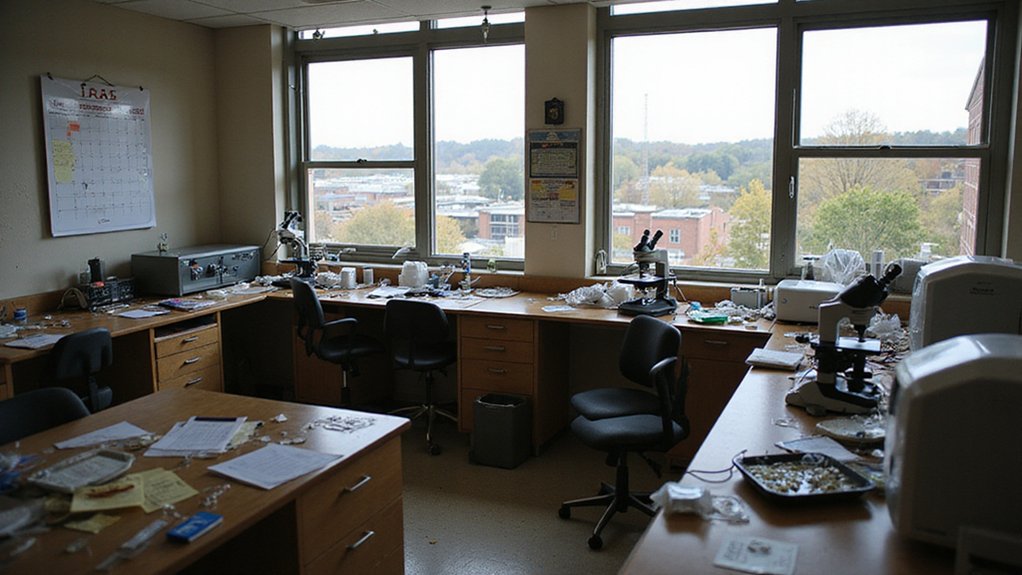Where has all the water gone? Lake Powell sits at a measly 31.61% of capacity, with water levels a staggering 141.41 feet below full pool. Just look at the numbers: water elevation 3558.59 feet as of July 2025. That’s not a lake anymore – it’s a puddle with delusions of grandeur.
The math doesn’t add up, and the lake is paying the price. Total inflows for water year 2025 reached only 4.38 million acre-feet – less than half the July 15th average. Meanwhile, outflows exceeded inflows by 1.4 million acre-feet. Launch sites like Wahweap remain open but operate just 14.42 feet above minimum usable elevation. You don’t need to be a hydrologist to know that’s unsustainable. The lake is hemorrhaging water.
Remember 2023’s abundant 13.4 million acre-feet inflow? Those days are gone. Water year 2025 inflows are just 62.57% of the previous year’s already diminished numbers. Mother Nature giveth, and climate change taketh away.
The Bureau of Reclamation is scrambling. They’ve cut outflows to 7.48 million acre-feet – the second-lowest on record – but it’s like using a Band-Aid on a bullet wound. The turbines that generate hydropower for millions across Western states are gasping for water. Below 3,490 feet, those turbines start falling silent. The unregulated inflow forecast of 8.45 million acre-feet for Water Year 2025 does little to calm concerns about power generation.
Sure, snowpack sits at 279.35% of average. Sounds impressive, right? Too bad overall precipitation is only 81% of average. All that snow isn’t enough to offset years of persistent drought. The lake might peak anywhere between 3,560 and 3,650 feet this year. Talk about uncertainty.
The ecological and economic ripple effects are devastating. Tourism tanks when marinas sit high and dry. Sediment exposure creates new problems. Fish don’t exactly thrive in shrinking habitats. And downstream users? They’re watching nervously as water managers operate in “Mid-Elevation Release Tier” mode.
The “most probable” projection puts Lake Powell at 3,582 feet by the end of water year 2025. But probability doesn’t fill reservoirs. Only water does – and it’s vanishing fast.
References
- https://wayneswords.net/threads/a-recap-of-water-year-2024-and-what-to-expect-in-2025.10224/
- https://lakepowell.water-data.com/LP_WaterDB_printable.php
- https://www.usbr.gov/lc/region/g4000/24mo.pdf
- https://www.youtube.com/watch?v=2NrMGyz80lU
- https://www.usbr.gov/uc/water/crsp/studies/images/PowellElevations.pdf








